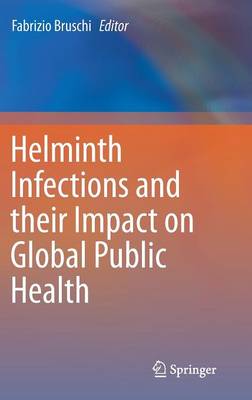(To see other currencies, click on price)
MORE ABOUT THIS BOOK
Main description:
Helminths are long-lived multicellular organisms that have co-evolved with humans over many thousands of years. They are responsible for infections which affect around one third of the human population, at global level. Despite the huge efforts in research during the last years, effective control of helminth infections is still far from optimal standards and the resulting diseases remain neglected. This book aims to give an up-date overview to the epidemiology (including molecular typing), specific biological, immunological and immunopathological aspects, diagnosis and perspectives of control of the most common helminth infections.
Contents:
Diversity and History as Drivers of Helminth Systematics and Biology.- Paleoparasitology of Helminths.- Schistosomiasis.- Fascioliasis.- Clonorchiasis and Opisthorchiasis.- Echinococcosis.- Taeniosis and Cysticercosis.- Trichinellosis.- Soil-transmitted helminthiasis.- Strongyloides stercoralis and Strongyloidosis.- Anisakiasis.- Lymphatic and Tissue Filariosis.- Dirofilaria Infections in Humans and Other Zoonotic Filarioses.- Toxocarosis.- Angiostrongyloidosis.- Can the Study of Helminths be Fruitful for Human Diseases?.
PRODUCT DETAILS
Publisher: Springer (Springer Verlag GmbH)
Publication date: May, 2014
Pages: 350
Weight: 8926g
Availability: Not available (reason unspecified)
Subcategories: Microbiology, Public Health
Publisher recommends


